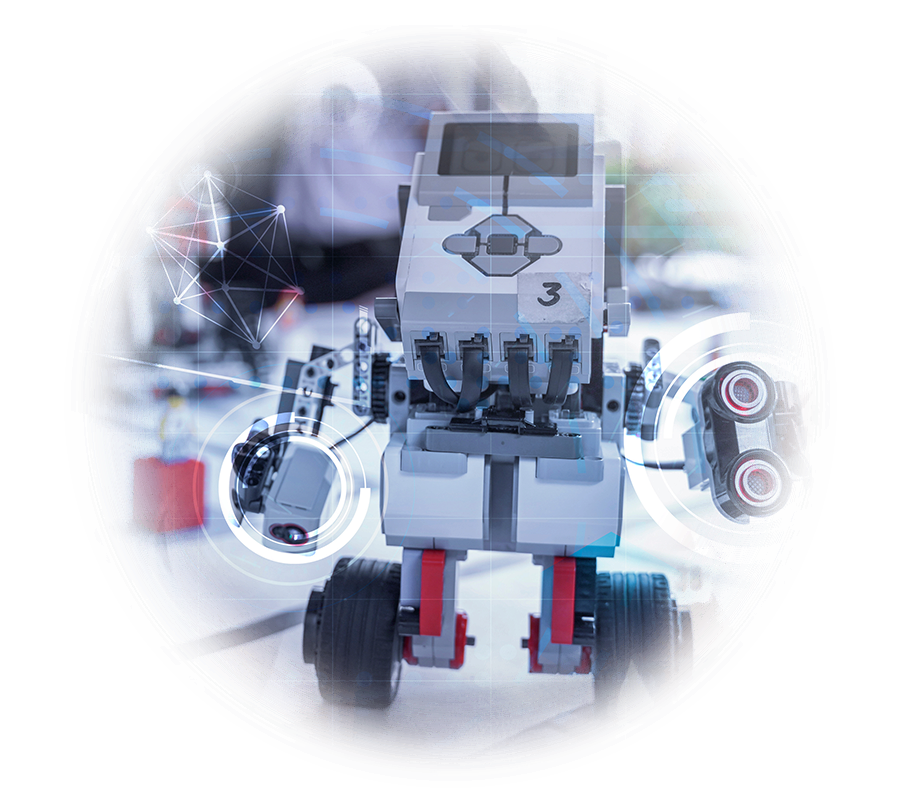VALUATION OF KNOW-HOW, TECHNOLOGIES AND PATENTS
The essence of every company's business is to gain a competitive edge. In order to adapt to dynamically changing market conditions, owners often look for innovative solutions that would significantly increase the efficiency of the enterprise and allow them to build a sustainable advantage.
In this context, knowledge and intangible resources such as know-how, technology or patents are becoming increasingly important.

Know-how is a concept that has not yet been clearly defined. Polish and European standards define it differently. However, it can be assumed that know-how is considered to be identified information that is useful to the company and includes knowledge, e.g. technical, experience, research and procedures, which are confidential in nature and which are not covered by patents.
Know-how includes, among others:
- unpatented inventions,
- unregistered utility models,
- technical information on the application of patents or utility models,
- administrative and organizational knowledge and experience related to industrial property,
- experience in the marketing of goods or services.
Know-how can be identified in various areas of the company's operations: not only production, but also logistics, procurement, sales or even HR.
Technology, like know-how, includes unpatented information regarding the technical/technological knowledge and production process for a given product.
Patents, on the other hand, are inventions that have been protected, whether by a national body, i.e. the Patent Office of the Republic of Poland, or international institutions, such as the European Patent Office. It is customary to carry out patent valuations for scientific and R&D units, technology companies, or enterprises that have commercialized a patent, as well as those that have just begun the implementation process. Importantly, the valuation of such a patent can be carried out after obtaining the protection right, as well as at the stage of filing the invention with the patent office.
In the case of the valuation of know-how, technology and patents, one of the key elements, where the valuation process begins, is the identification of the asset subject to valuation and verification of the available source documentation. The next step is selection of an appropriate valuation method. This is performed taking into consideration both the stage of commercialization of the invention and the availability of information.
Valuation methods used:
- The income approach (DCF), in which the value of the intangible asset is determined on the basis of expected associated future economic benefits. These benefits are expressed as cash flows. Examples of the methods used under this approach are the Multi-Period Excess Earnings Method, enriched with statistical methods, and the Price Premium Method.
- The asset approach, where cost methods are used: the replacement cost method or the historical cost method. This approach assumes that the asset is reproduced in-house or by third parties.
- The market approach, in which valuations can be based on a comparison of the asset with a similar one that has been subject of a market transaction. For this purpose specialized databases on transactions on comparable assets are used.
Valuation of intangible assets is one of our leading specialities.



